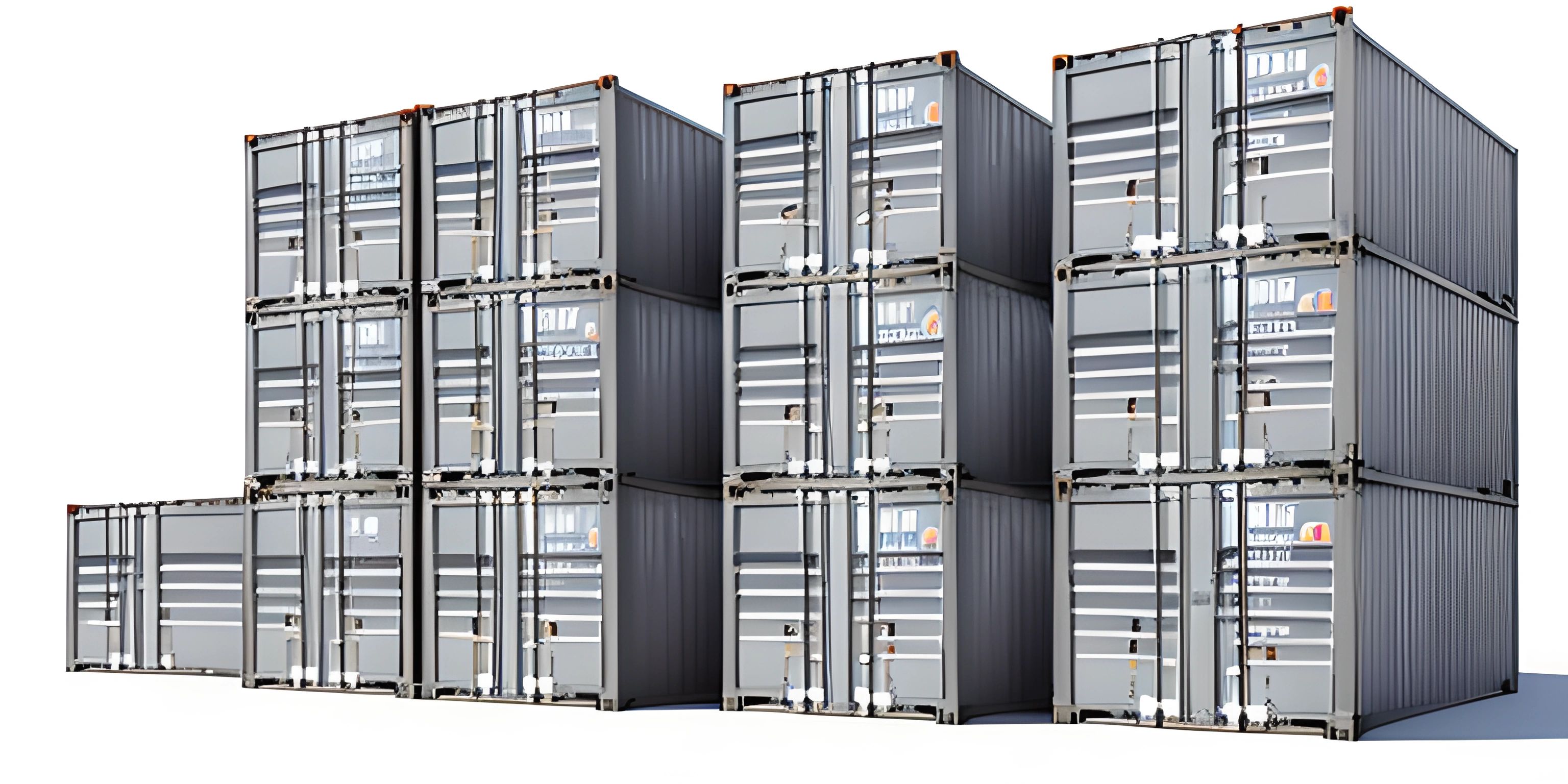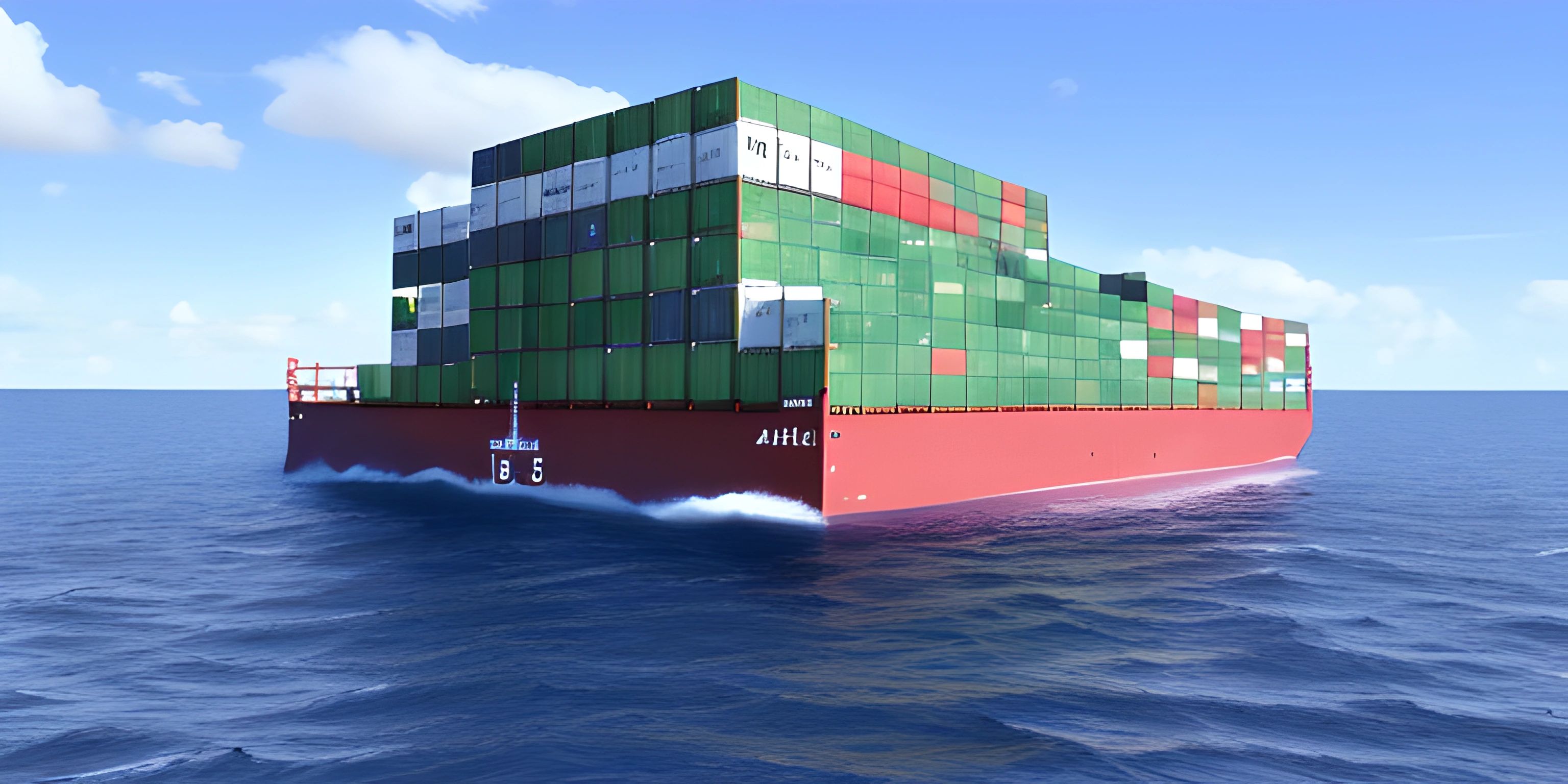Docker Compose Tutorial

Note: this page has been created with the use of AI. Please take caution, and note that the content of this page does not necessarily reflect the opinion of Cratecode.
As you journey deeper into the world of containerization, you'll come across a superhero in managing multi-container applications: Docker Compose. It's the trusty sidekick every developer needs when dealing with multi-container environments. In this tutorial, we'll unravel the mysteries of Docker Compose and demonstrate how it can save the day.
What is Docker Compose?
Docker Compose is a tool that simplifies the definition, orchestration, and management of multi-container Docker applications. It uses a YAML file to describe the composition of an application, specify services, networks, and volumes that make up the environment. It then works its magic, managing those containers as a single entity.
Docker Compose Installation
Before diving into the action, make sure you have both Docker and Docker Compose installed. If you haven't, follow the official installation guide for Docker and Docker Compose.
Getting Started with Docker Compose
With your installation complete, it's time to explore Docker Compose's superpowers. Let's create a sample multi-container application using Docker Compose. Our application will consist of two services: a web server and a database.
Creating the Compose file
To begin, create a new directory for your application and navigate inside it:
mkdir my-compose-app cd my-compose-app
Next, create a docker-compose.yml file. This is where we'll define our services, networks, and volumes:
version: "3.9"
services:
web:
image: "nginx:alpine"
ports:
- "80:80"
depends_on:
- db
db:
image: "mysql:5.7"
environment:
MYSQL_ROOT_PASSWORD: "supersecretpassword"In this Compose file, we've defined two services: web and db. The web service uses the nginx:alpine image and maps port 80 on the host to port 80 on the container. The db service uses the mysql:5.7 image and sets the root password through an environment variable. The depends_on configuration in the web service ensures that the db service starts before the web service.
Running the Application
Now that our Compose file is ready, it's time to witness Docker Compose's true power. Run the following command:
docker-compose up
Behold, Docker Compose leaps into action, pulling the required images and creating the containers. Once the process is complete, you'll have both the web server and database up and running.
Stopping the Application
When it's time to stop the show, Docker Compose makes it easy. Just run:
docker-compose down
With a simple command, Docker Compose gracefully stops the containers and removes them along with any networks and volumes defined in the Compose file.
Docker Compose Commands
Docker Compose has an arsenal of useful commands at its disposal. Here are a few noteworthy ones:
docker-compose up: Starts your multi-container application.docker-compose down: Stops and removes containers, networks, and volumes.docker-compose ps: Lists all running containers in the current Compose environment.docker-compose logs: Displays logs for all services defined in the Compose file.docker-compose exec [service] [command]: Executes a command in a running container for the specified service.
Conclusion
With Docker Compose, managing multi-container applications becomes a breeze. By defining your environment in a concise YAML file and leveraging the power of Docker Compose commands, you can easily manage, develop, and deploy your applications. Now that you have a taste of Docker Compose's capabilities, go forth and conquer the containerized world!
Hey there! Want to learn more? Cratecode is an online learning platform that lets you forge your own path. Click here to check out a lesson: Why Program? (psst, it's free!).
FAQ
What is Docker Compose and why should I use it?
Docker Compose is a tool for defining and running multi-container Docker applications. It simplifies the process of managing multiple containers by allowing you to use a single configuration file (usually a docker-compose.yml file) to define the entire application stack, including services, networks, and volumes. This makes it easy to build, run, and manage complex applications with multiple interdependent components.
How do I create a docker-compose.yml file for my multi-container application?
To create a docker-compose.yml file, follow these steps:
- Open a text editor and create a new file named
docker-compose.yml. - Start by defining the version of the Docker Compose file format you want to use, using the
versionkey. For example,version: "3.8". - Define the services (containers) your application consists of, using the
serviceskey. For each service, specify its configuration, including the Docker image, ports, volumes, and networks. - (Optional) Define networks and volumes for your application using the
networksandvolumeskeys, if needed. Here's a simple example of adocker-compose.ymlfile for a web application using a Python Flask app and a Redis database:
version: "3.8"
services:
web:
build: .
ports:
- "5000:5000"
redis:
image: "redis:alpine"How do I start my multi-container application using Docker Compose?
To start your multi-container application using Docker Compose, open a terminal or command prompt, navigate to the directory containing your docker-compose.yml file, and run the following command:
docker-compose up
This command will build, create, and start all the services defined in your docker-compose.yml file. You can view the logs for all the services in the terminal or command prompt.
How do I stop my multi-container application using Docker Compose?
To stop your multi-container application and remove the containers, networks, and volumes defined in your docker-compose.yml file, open a terminal or command prompt, navigate to the directory containing your docker-compose.yml file, and run the following command:
docker-compose down
Can I scale my services using Docker Compose?
Yes, you can scale your services using Docker Compose. To scale a specific service, use the --scale flag followed by the service name and the desired number of instances. For example, to scale the 'web' service to three instances, run the following command:
docker-compose up --scale web=3
Keep in mind that your application architecture and configuration should support scaling to avoid potential issues, such as data consistency or load balancing.





